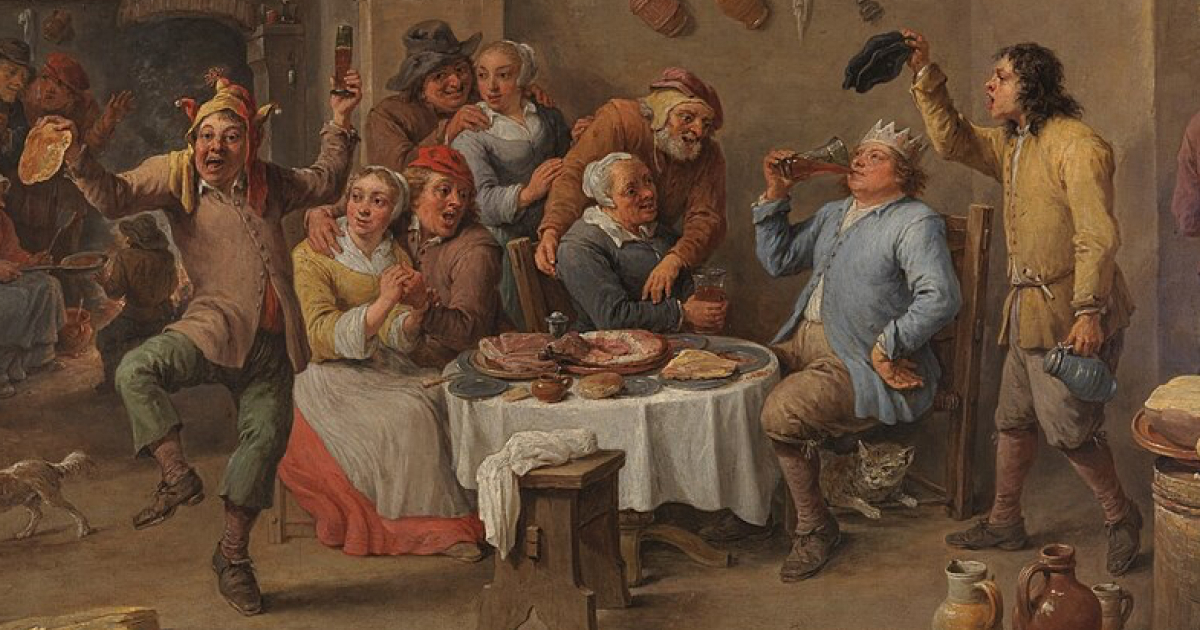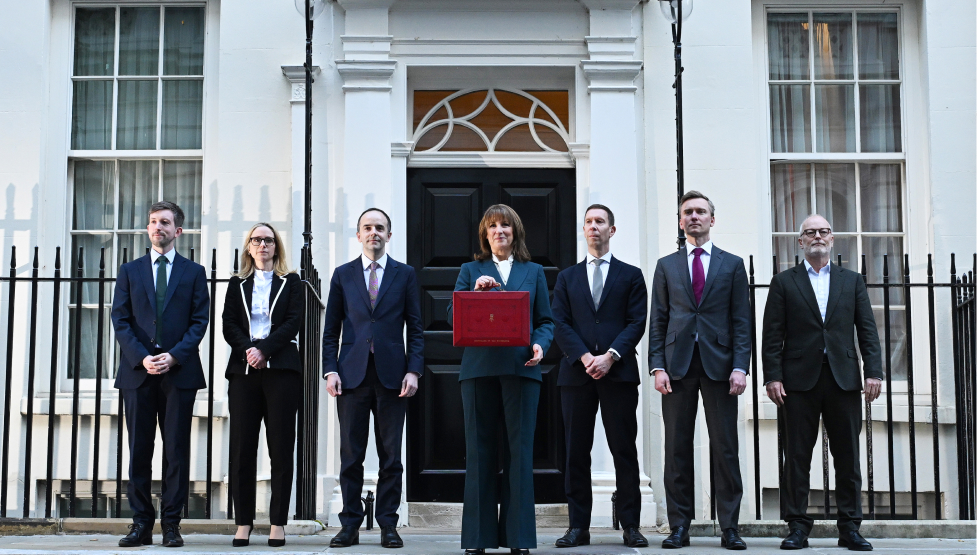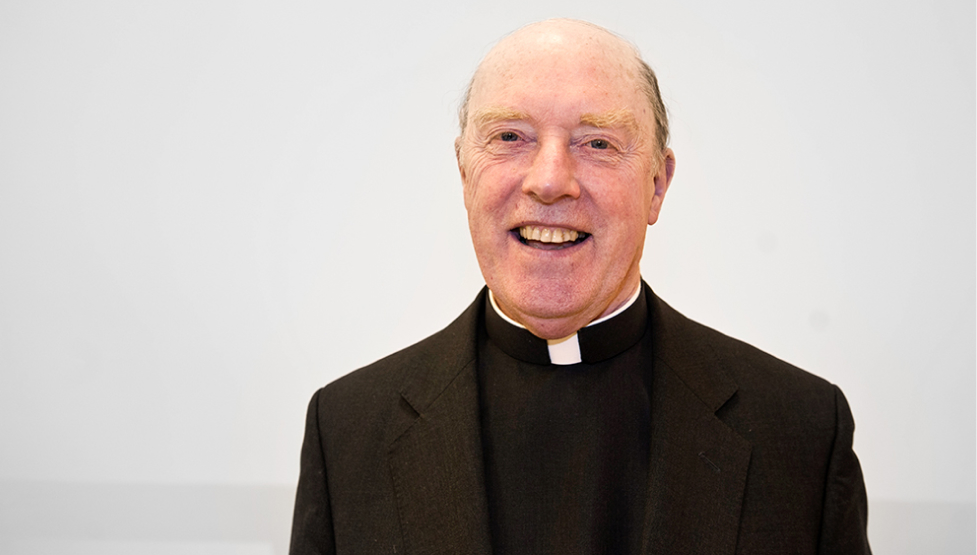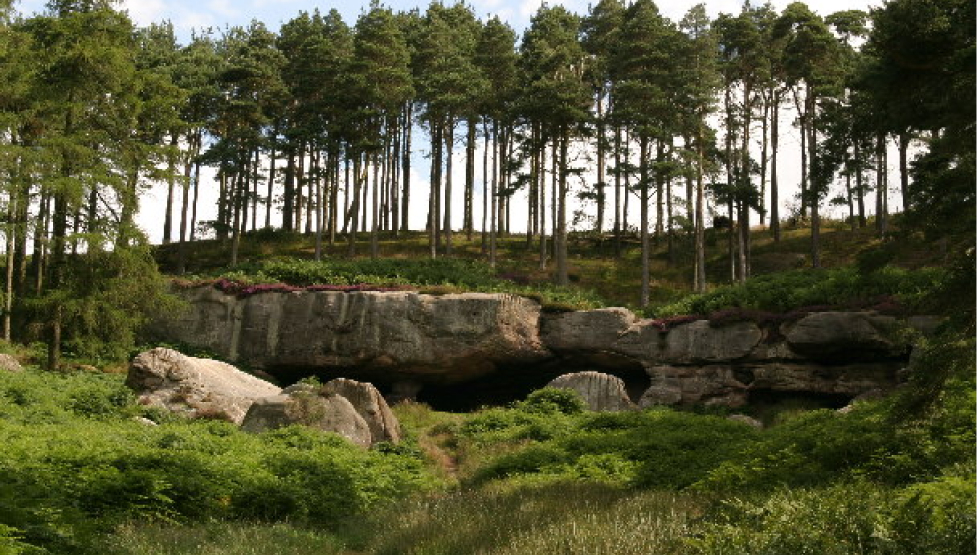There’s a reason pubs sit at the cradle of English culture. In a snug shelter of oak and amber light, where the clink of glasses keeps time with conversation, men and women risk saying the things they really think.
In such rooms, ideas are tested as iron sharpens iron – with laughter for a whetstone. Oxford, more than most places, has known this sacrament of conviviality. And no public house bears that memory more than the Eagle and Child – also known as the “Bird and Baby” – where friendship and argument ripened into myth.
Now comes welcome news: Oxford’s most storied pub has cleared its final bureaucratic fences and is set for restoration and reopening. Planning permission and listed-building consent were granted in early October for a conservation-led revival of the Grade II landmark on St Giles’ Street.
The Ellison Institute of Technology (EIT) – the new Oxford enterprise backed by Larry Ellison – has appointed Foster + Partners to lead the work, with heritage architect firm Donald Insall Associates advising on the building’s fabric. The aim is not a theme park-ish facsimile, but a careful renewal that allows the old parlours to breathe again while opening the site to a wider day-long life.
According to the architects’ brief, the pub’s two historic parlour rooms – and, crucially, the famous “Rabbit Room” where the Inklings retreated to ale and argument – will be preserved by “light-touch” interventions. A third parlour room, lost to alterations, will be reinstated. Toward the rear, more contemporary elements will appear with a gentle hand: a new dining room, a landscaped garden and the re-opening of a historic passageway that links the pub to adjacent properties.
On the lower levels of numbers 50-51 St Giles, a bakery café is planned; the pub will hum by night, while the café keeps the frontage alive from morning. Upper floors will serve as collaborative meeting spaces for EIT scholars, staff and fellows – a nod to the building’s intellectual inheritance without locking the public out of the bar itself.
If this sounds like an ambitious “both-and” effort, that is because it promises to be. Oxford has always practiced a delicate art of continuity within change – sometimes more successfully than others.
The Eagle and Child has stood in some form since the seventeenth century, while the present structure largely dates to the nineteenth. It closed in 2020 amid the pandemic, and has stood shuttered since – a silence that, to many, felt like a small betrayal of memory.
The new scheme promises to “re-establish the Eagle & Child as a vibrant social and intellectual hub”, in the words of Foster + Partners’ Gerard Evenden, by joining conservation to hospitality and scholarship. It is also reported that approval was secured and the process can now move ahead.
For Catholics attentive to the humane ecology of a city, this matters. Pubs are not sacristies, but they are – at their best – schools of friendship where truth is spoken with wit, and error is corrected without malice.
C.S. Lewis knew this. He prized that “golden session in front of a blazing fire, with a pint close to hand”, not merely for the beer but for the brothers who would tell him when a chapter sagged or a syllogism limped.
Tolkien knew it too: myth was tempered in convivial heat before it was cast into print. The Inklings loved books, yes – but they loved one another more, and it was that charity, lubricated by good ale and merry banter, that made their criticism fruitful.
The Ellison Institute’s wider Oxford plans – a new research campus and a network of creative hubs – may raise eyebrows in a town rightly protective of its scale and story. But if the Eagle and Child is handled as promised, it could serve as a model of the right kind of patronage: not monetising the past but listening to it; not embalming tradition but letting it take fresh breath.
The architects’ conservation-first language and the city’s consent process suggest an awareness that this building is not just square footage but a moral memory – a place where ideas were made fit for readers because they were first made fit for friends.
When the scaffolding finally comes down and the first pint is pulled, the hope is simple: that laughter will once again echo off those low beams; that earnest undergraduates will stumble into conversations larger than themselves; that a scholar nursing a half-formed thought will find, over bread and beer, the courage to risk it aloud.
Photo: image by Arcadia







.jpg)








